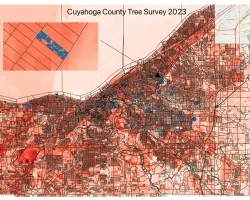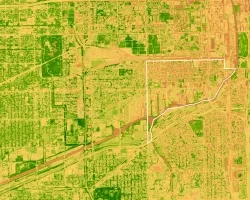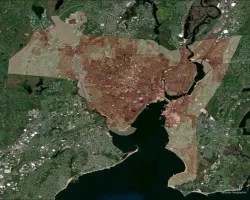Successful ecological forecasting of fishery yields in the face of climate variability has eluded resource managers for decades. However, recent advances in observing systems, computational power and understanding of ecosystem function offer credible evidence that the variability of the ocean ecosystem and its impact on fishery yield can be forecast accurately enough and with enough lead time to be useful to society. The tools are now in in space-based real time sensors, high performance computing, very high-resolution physical models, and robust ecosystem theory make possible operational forecasts of both fish availability and ecosystem health. Accurate and timely forecasts can provide the information needed to maintain the long-term sustainability of fish stocks and protect the ecosystem of which the fish are an integral part, while maximizing social and economic benefits and preventing wasteful overinvestment of economic resources. We propose to enhance the current decision support system for the small pelagic fishery and upwelling ecosystem in the coastal ocean off Peru with remote sensing information and state-of-the-art coupled physical-biogeochemical three dimensional ocean models to provide operational forecasting and improve ecosystem management. This region is the best in the world for this implementation because it has the world’s largest single-species fishery, the Peruvian anchovy, which is supported by the world’s most variable ocean ecosystem. This variability is forced mainly by well understood climate variability. Because of the global importance of both the climate variability and the anchovy fishery, there are in place in this region well developed monitoring and decision support systems. No other ocean region has this combination of environmental observations, fish resources, fisheries monitoring and well validated climate forecast models for forcing high-resolution operational ecosystem models. Once implemented for the Peruvian anchovy fishery, these tools will be ported to decision support systems for fisheries along the US West Coast and made available to others working in similar environments of the world ocean.
Project


